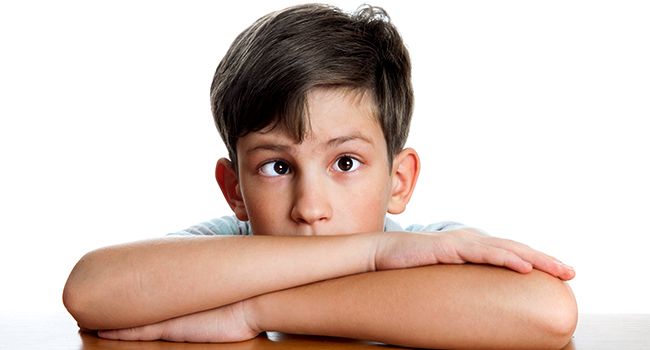
Strabismus, or pediatric ophthalmology squint, is a disorder in which the eyes do not align in the same direction. It is known as “cross eyes” in common parlance.
This misalignment of the eye can be further categorized into Inward turning (esotropia), Outward turning (exotropia), Upward turning (hypertropia), and Downward turning (hypotropia).
Causes of Strabismus
The inability of six different muscles in the eye to work in coordination with one another is what causes Strabismus. The condition results in two different images being sent to the brain, leading to confusion. Often, the weaker image is ignored, becoming a learned trait. The eye responsible for sending the weaker image will lose its ability to perceive, resulting in amblyopia or lazy eye.
The strabismus causes in children are unknown. Family history can be a causative factor. Strabismus in adults is botulism, diabetes, Graves disease, Guillain-Barré syndrome, Shellfish poisoning, Stroke, Traumatic brain injury, and Vision loss from any eye disease or injury.
Symptoms of Strabismus
The following are the symptoms of Strabismus –
- double vision
- headaches
- difficulty reading
- eyestrain
- closing one eye when viewing faraway objects or when in bright light.
The symptoms of Strabismus appear when the child is as young as 3 to 4 months. But strabismus child symptoms usually appear when the child is three years old.
When one finds a 4-year-old suddenly cross-eyed, especially with double vision, in an older child or adult could indicate a more serious neurologic disorder.
Diagnosis of Strabismus
The following methods are used to diagnose this disorder –
a. a careful perusal of the patient history coupled with visual acuity check
b. refractive tests
c. alignment and focus tests
d. examination post-dilation.
Treatment of Strabismus
This disorder can be treated using the following devices or procedures –
a. Eyeglasses or contact lenses are used in patients with uncorrected refractive errors.
b. Special prism lenses are used to bend light and reduce the turning of the eye.
c. Orthoptics or eye exercises may solve problems such as convergence insufficiency found in exotropia.
d. Eye Drops and ointments may be used to weaken an overactive eye muscle.
e. Patching may be used to treat lazy eye if it occurs with Strabismus.
f. Eye surgeries may be resorted to change the length or position of the eye muscles.
Outcome of leaving Strabismus untreated in children
Not treating strabismus can:
a. Result in amblyopia
b. Result in permanent poor vision
c. Cause blurry vision
d. Result in fatigue, headaches, ad eye strain
e. Cause poor 3-D vision
f. Have a psychological impact on children such as low self – esteem etc.
Disorders associated with Strabismus in children
- Apert syndrome
- Cerebral palsy
- Noonan syndrome
- Prader-Willi syndrome
- Retinopathy of prematurity
- Congenital rubella
- Haemangioma near the eye during infancy
- Traumatic brain injury
- Trisomy 18
- Incontinentia pigmenti syndrome
- Retinoblastoma
Strabismus vs squint
These two terms refer to the same condition. However, lazy eye or amblyopia results from a squint or Strabismus left untreated.
Why CFS?
Strabismus in children is a worrying disorder that should be treated at the earliest to prevent further complications. CFS offers the best treatment procedures at affordable costs to all its patients. Recognized to have one of the best child eye specialists in India, CFS is an excellent option to get your child’s eye treated for Strabismus or allied conditions.
Article: What is Paediatric Ophthalmology Squint (Strabismus)?
Author: CFS Editorial Team | May 10 2022 | UPDATED 01:30 IST
*The views expressed here are solely those of the author in his private capacity and do not in any way represent the views of Centre for Sight.
